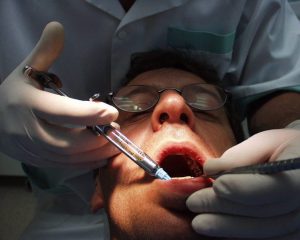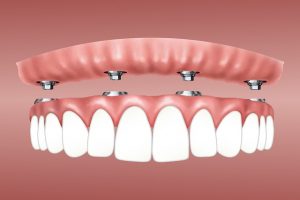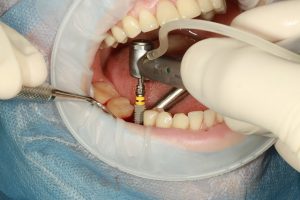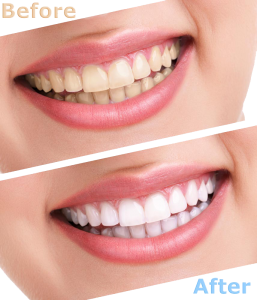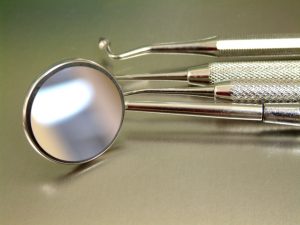Dental implants are the common and popular name for inserting dental implants into the jaw bone, so that they are the root of a true tooth. These implants are actually titanium screws with double-threaded:
- Thread from the lower side of the implant allows the implant to connect to the gums and to harden it in the jaw for years
- Thread from the top of the implant allows the building on top of a future crown implant
While it is possible to install up to 10 implants at one time as part of a complete and permanent reconstruction of the jaw, it is usually used in 6-8 implants for one reason — so that the structure is held successfully even if one implant (or more) is not properly perceived or expected.

Similar but different
It is important to remember that while dental implants are performed according to the same phases of all patients, but there are different conditions depending on the condition of gums and mouth and the history of each patient personally. In addition, there are various dental transplant methods and requires a professional assessment of oral health specialist for one reason – only he is able to determine the most appropriate way to perform the transplant, for example: bone transplantation, sinus lifting, periodontal recovery, use of membrane and more.
In addition, the number of treatments and time between them varies from patient to patient and can take a few months. Although the time between treatments allows the jaw bone to absorb the dental implants, it is difficult to predict it in advance for one reason – there is no way to know how long it will take to the jaw to wrap the implant and hold it firmly.
How does it work?
- The first stage – preparing a chart for treatments after a meeting with an expert in oral rehabilitation. This chart is based on jaw and mouth photographs, a physiological examination of the condition of the oral, assessing the condition of the mouth and gums, and it is the one that determines the best way to perform the transplant.
- The second stage-the scanning of the mouth and the space remaining in order to order the exact measurements to a permanent or temporary crown, so that there will be no empty space until they are installed in place of a new crown or tooth.
- The third stage-the installation of a permanent crown – this crown can be from scratch (for the lovers of natural appearance) or porcelain (full or partial) and sometimes it will be installed after the temporary crown is removed.





